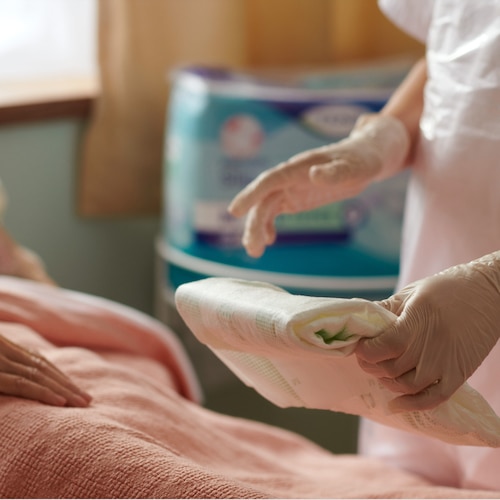Usability is a product-evaluation method that measures how well a product contributes to effectiveness, efficiency and satisfaction in real use.1
This first ever clinical study proves that choosing an incontinence product with high usability makes it easier for carers to change products which saves time and effort.2
When the right product is selected for each individual user, this can lead to improved quality of care and result in better resource management.








